We are happy to help you with any questions you may have about our products and services.
Canada’s pulse industry meets the needs of over 150 markets around the world. Canadian pulse exporters supply whole, split or milled peas, chickpeas, beans and lentils in a variety of shipment sizes.
Canada has developed a multi-billion dollar pulse and special crops industry. Canadian production of the eight major pulse and special crops (pea, lentil, bean, chickpea, mustard, sunflower, canary seed and buckwheat) increased from about 1,000,000 tonnes in the early 1990s to 5.7 million tonnes in 2010, more than a fivefold increase in 20 years.
In 2010, Canada accounted for 32% of world pea production and 38.5% of world lentil production. With exports expanding rapidly along with production over the last two decades, Canada now accounts for approximately 35% of global pulse trade each year. Canada is a dominant player in world trade in peas and lentils, accounting for 55% and 50%, respectively in 2008 (the most recent year of complete FAO statistics) and a top five exporter of both dry beans and chickpeas. In 2010, Canada exported a record 4.3 million tonnes of pulses worth more than $2.1 billion.
Canada’s pulse industry meets the needs of over 150 markets around the globe. Canadian pulse exporters supply whole, split or milled peas, chickpeas, bean and lentils in a variety of shipment sizes. Over the past 20 years, Canada has emerged as the world’s largest exporter of lentils and peas, and one of the world’s top five exporters of beans.

Pulse: from the Latin puls meaning thick soup or potage, pulses are the edible seeds of plants in the legume family.
Pulse vs. Legume – What’s the Difference?
Pulses are a great tasting addition to any diet. They are rich in fibre and protein, and have high levels of minerals such as iron, zinc, and phosphorous as well as folate and other B-vitamins. In addition to their nutritional profile and links to improved health, pulses are unique foods in their ability to reduce the environmental footprint of our grocery carts. Put it all together and these sensational seeds are a powerful food ingredient that can be used to deliver the results of healthy people and a healthy planet.
Pulses come in a variety of shapes, sizes and colours and can be consumed in many forms including whole or split, ground in to flours or separated into fractions such as protein, fibre and starch.
Pulses do not include fresh beans or peas. Although they are related to pulses because they are also edible seeds of podded plants, soybeans and peanuts differ because they have a much higher fat content, whereas pulses contain virtually no fat.
Pea (Pisum Sativum)
Pea Types
| Austrian Winter Peas | Green Peas
|
Maple Peas | Marrowfat Peas | Yellow Peas |
Canada is the world’s largest producer and exporter of peas. Peas are also Canada’s largest pulse crop and are grown over a very large geographic area, including significant portions of the provinces of Manitoba, Saskatchewan and Alberta.
Canada grows primarily yellow and green peas. Smaller quantities of maple, marrowfat and Austrian winter peas are also grown.
Canadian peas are exported around the world as an ingredient for food processors and canners. Split and whole peas are available as well as pea flour, starch, protein and fibre fractions.
The global feed industry has recognized the benefits of feeding peas to animals. Peas are an excellent source of energy and amino acids that are suitable to diets for all livestock. Generally regarded for both its protein and energy content, peas are considered a multi-purpose feed ingredient. Pea and pea protein concentrate are also a protein source for aquaculture diets.


Laird Green Lentils

Eston Green Lentils

Richlea Green lentils

Beluga (Black) lentils

Red whole lentils (Crimson Lentils)

Red Splits & football Lentils
Eston Class | French Green
| Laird Class | Red | Richlea Class | Spanish Brown |
Laird Green Lentils
Canada is now the world’s largest exporter of lentils to the global marketplace, selling to over 100 countries each year. The most commonly grown lentils are the large green “Laird” and the red lentil.
Several processing steps take place in Canada, including the dehulling, splitting and milling of red and green lentils. Green lentils are also found in canned form. The final product can be used in a variety of foods and in many regions of the world are sold to the consumer in dry form. Lentils are also commonly used as ingredients by the food industry In soups and stews or are re-hydrated for canning.
Lentil flakes are similar in appearance to oats and can be used in nutrition bars or breakfast cereals with the added benefit of twice the amount of protein than other cereal grains. Pureed lentils make a great addition to muffin and loaf recipes, contributing to moistness as well as adding fibre and protein.
99% of Canada’s lentils are grown in Saskatchewan, with the remainder coming from southern Alberta and Manitoba.
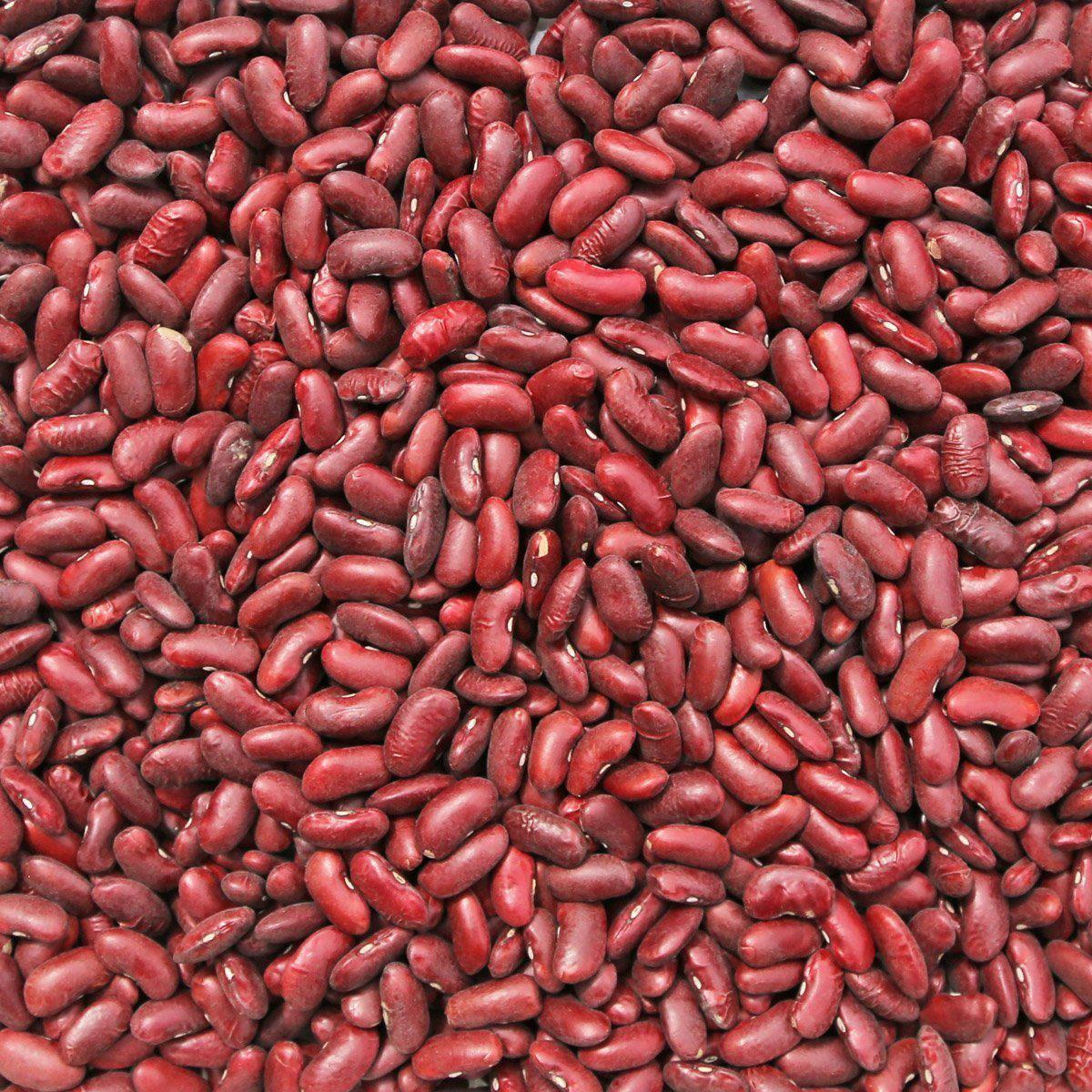
Red Kideny Beans
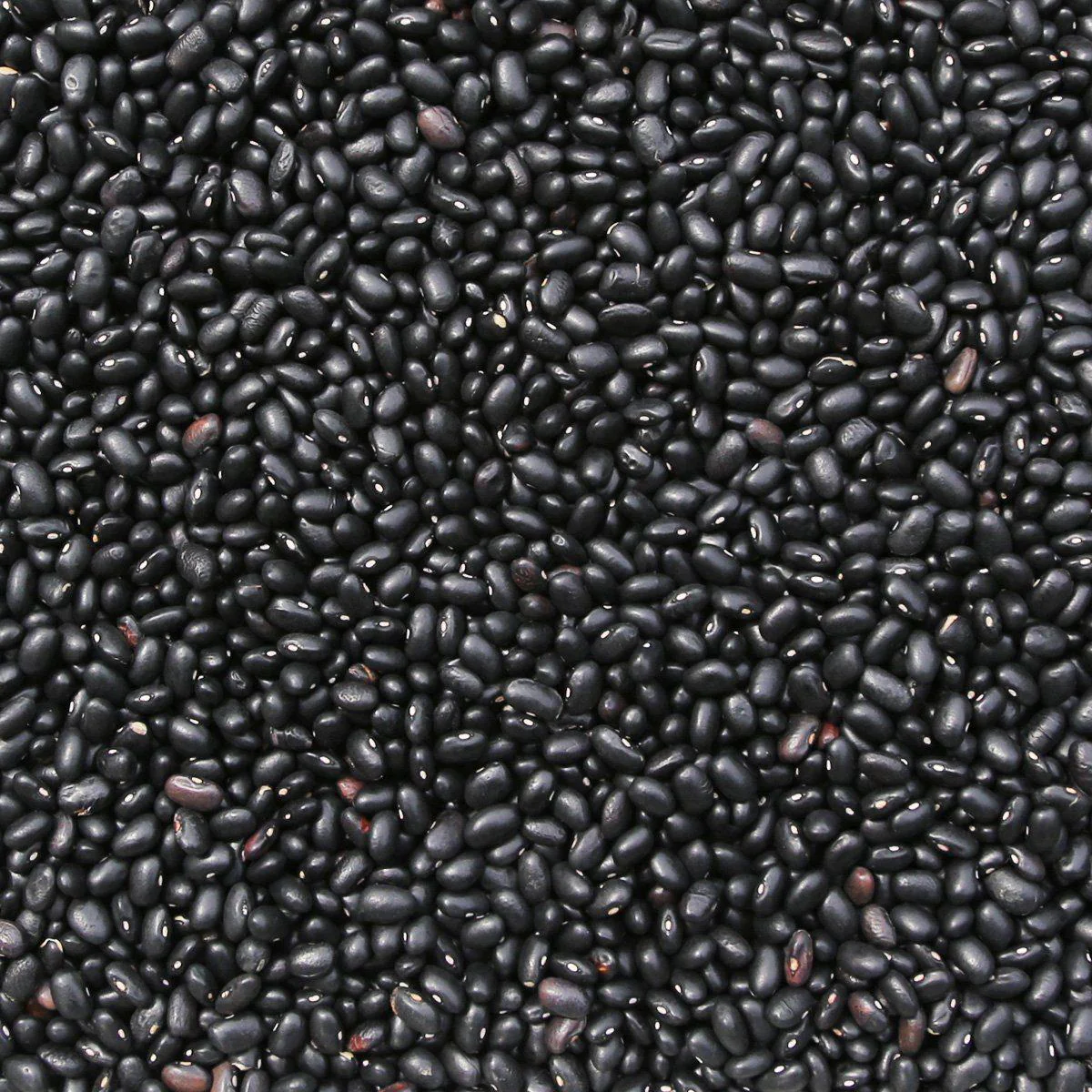
Black Turtle Beans
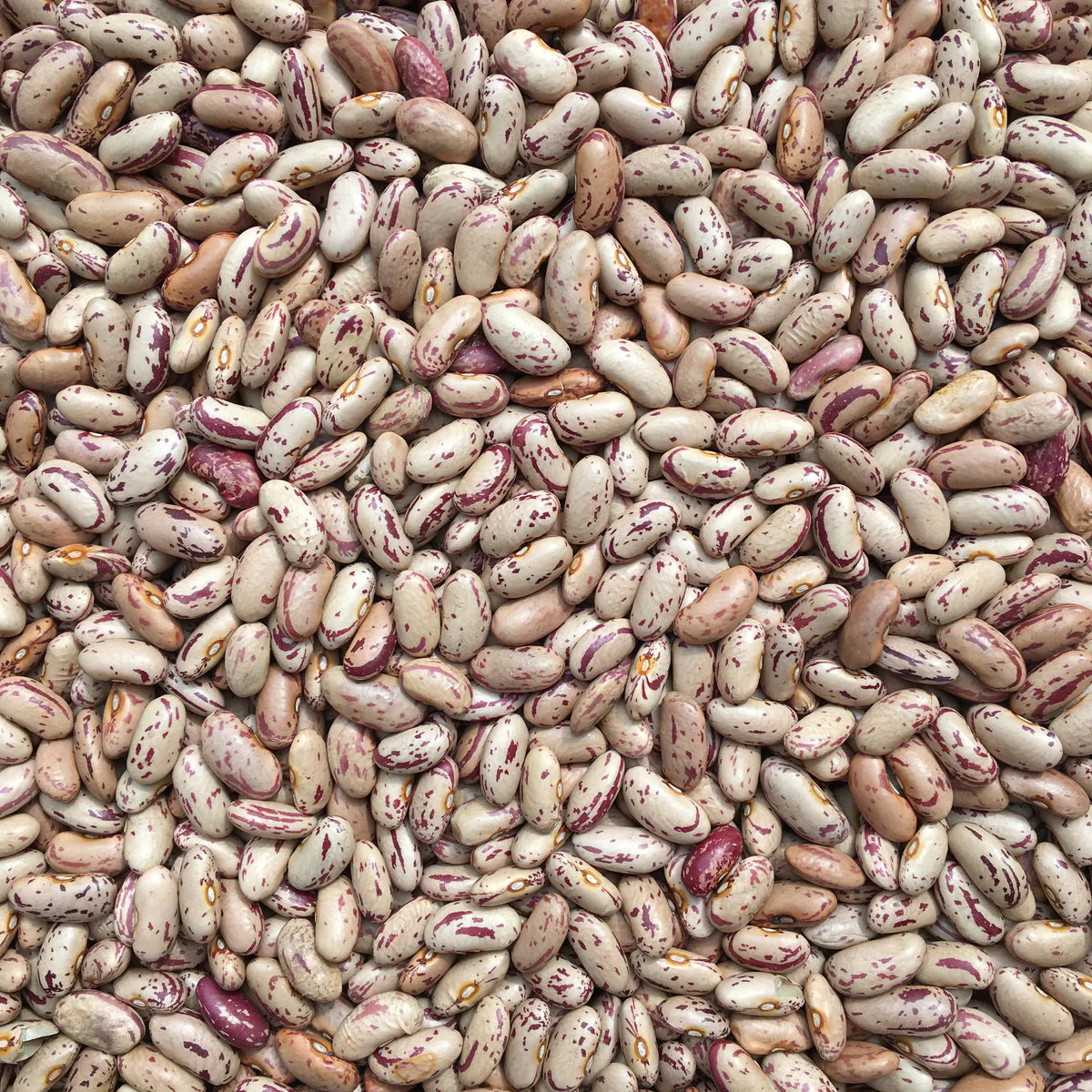
Pinto Beans
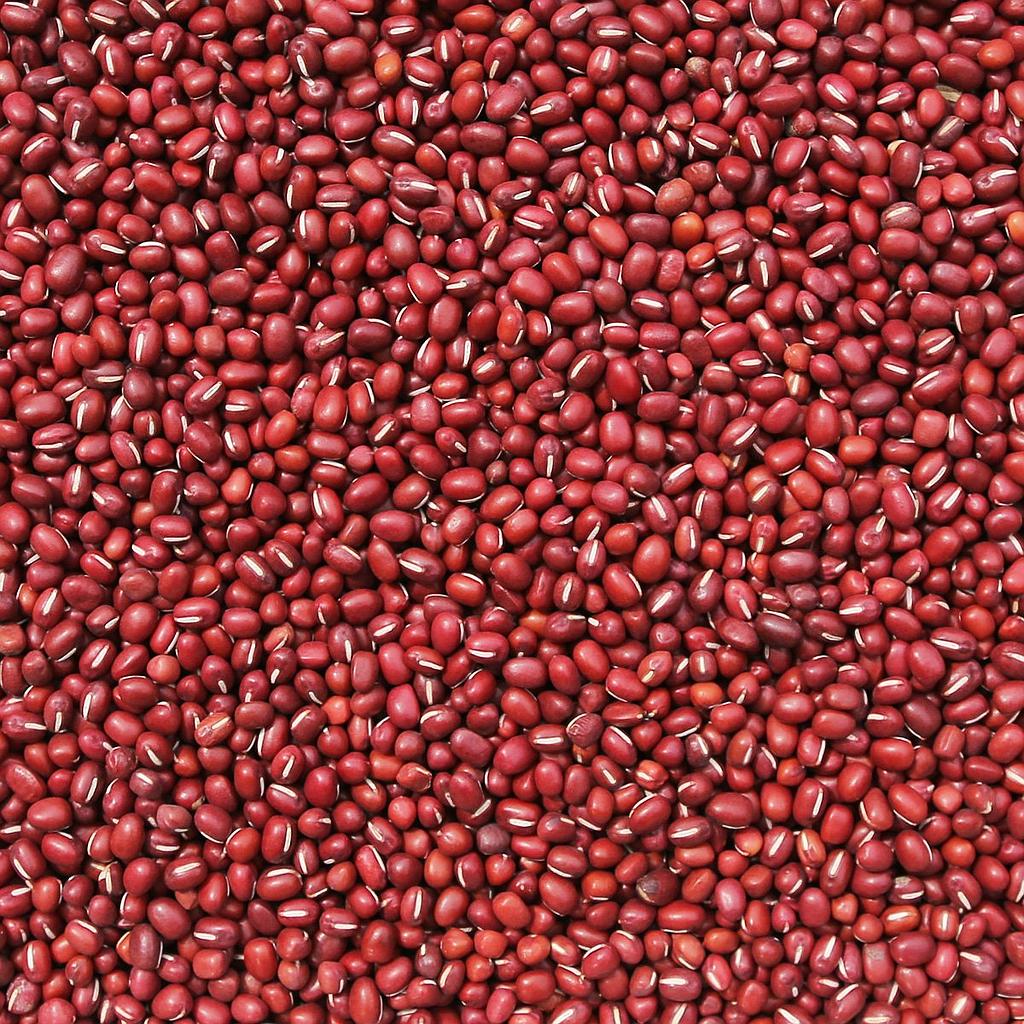
Adzuki Beans
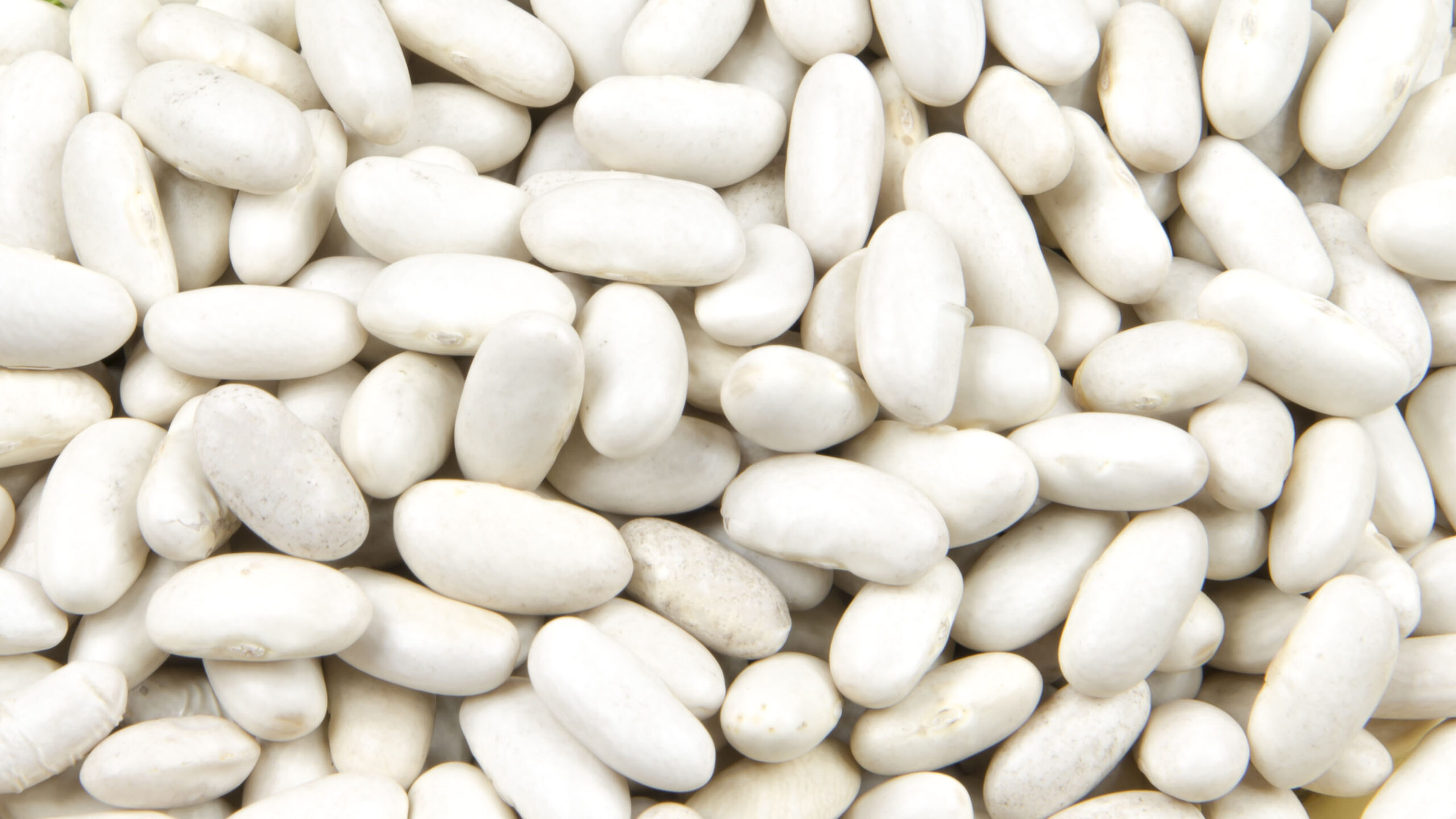
White Kidney Beans

Cranberry Beans
Black Turtle | Cranberry | Dark Red Kidney | Dutch Brown | Great Northern | Light Red Kidney |
Pink | Pinto | Small Red | White Kidney | White Pea |
Canada produces over a dozen different types of beans (Phaseolus vulgaris) and sells these products both domestically and for export around the globe. Canada’s largest bean growning areas are located in the provinces of Manitoba and Ontario. Beans are also grown in Alberta and Quebec as well as smaller quantities in the Province of Saskatchewan.
Canada’s largest bean crop is white pea bean (navy bean). Canada also grows significant quantities of pinto, cranberry, blackm dark red kidney, light red kidney, great northern, dutch brown, pink and small red. Small quantities of Azuki, Kintoki and Otebo beans are grown under contract.

White kabuli Chickpeas

Yellow Peas
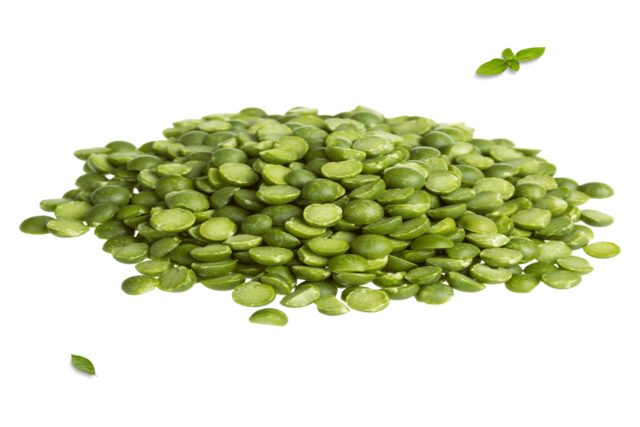
Green Peas
Canada grows mostly kabuli chickpeas, also known as “garbanzo beans”. We also grow the smaller desi chickpea. Chickpeas are grown in the southern portions of the provinces of Alberta and Saskatchewan.
Chickpea flour and split desi chickpeas are available from Canadian suppliers and used in many ethnic food products around the world. Some pastas, baking mixes and snack foods contain chickpea flour where it enhances the nutritional value of these products by boosting fibre and protein content